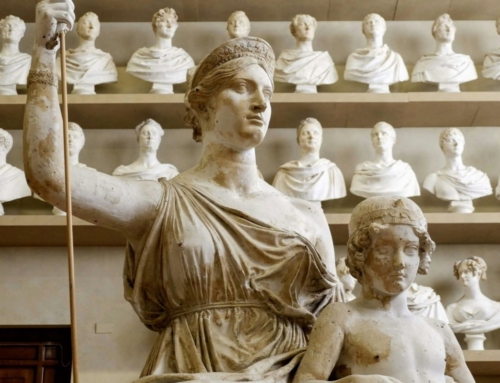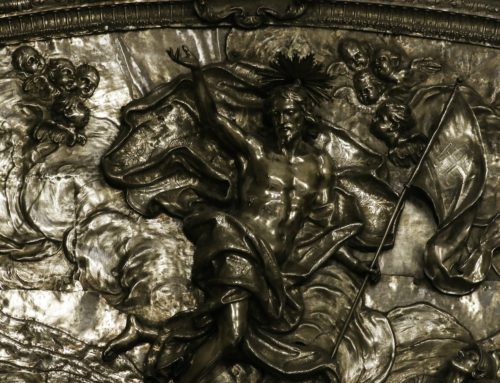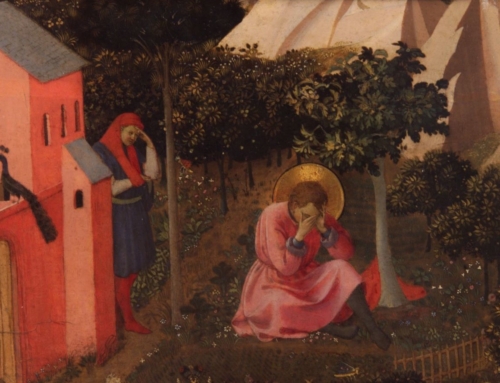“Whoso would be a man must be a nonconformist.”
Ralph Waldo Emerson makes this bold—but perhaps diabolical—assertion in his essay, “Self-Reliance.” For Emerson, you cannot let your actions be shaped by someone else’s idea of the truth. You cannot submit yourself to external standards, rules, and traditions. For life only has meaning when it is lived from within, according to one’s own personal insights and convictions.
The conclusion: the only ones who are truly alive are the nonconformists.
An old churchman once challenged Emerson on this point: “How do you know that your own impulses are not from heaven above, but from below?” Emerson responded:
“They do not seem to be to be such; but if I am the Devil’s child, I will live then from the Devil. No law can be sacred to me but that of my nature.”
Emerson’s words are, ironically, perhaps truer than his rhetoric suggests. He did not invent the idea of self-reliance. Rather, this particular brand of radical independence from all external standards traces back to the father of all nonconformists: Lucifer himself.
The fact of Lucifer’s sin has puzzled theologians. For, before he fell, Satan was the highest—the most intelligent—of all creatures. He was more aware of God’s goodness than any of the other angels—he must have seen how, before the goodness of God, all the good things in the created universe pale in comparison. Yet, he willingly turned away from the Lord for a lesser good. How was this possible?
Aquinas takes up this question in his Summa (ST I, q. 63, a. 1, corpus), and he approaches it from the perspective of conformity vs. nonconformity. “To sin,” he argues, “is to refuse God as the rule and measure of one’s actions.” This means that only God is completely incapable of sinning. For, God himself is the rule by which all actions are judged.
St. Thomas drives this point home by proposing a hypothetical situation. Suppose that all woodcarving was judged in reference to the work of one woodcarver (let’s call him Giuseppe—my words, not Aquinas’s). Shoddy woodcarving would be that which least resembles Giuseppe’s work, while the best woodcarving would be that which was a perfect imitation of it. In this hypothetical world, Giuseppe could never be a bad craftsman: because his work is itself the standard for all carpentry. But for everyone else, it’s at least theoretically possible for them to do a bad job woodcarving: since their work is not the ultimate standard.
The same principles can be applied to God: he is the measure by which all things are said to be good or bad, true or false, living or dead. Since God is the measure itself, he can’t be in nonconformity with it. But creatures can. And this is how we can say that Lucifer’s sin was possible: because he is not a law unto himself. Aquinas later revisits this notion of “sin as nonconformity” when comparing Adam’s sin to that of the Devil’s. He writes,
“Each wished to rely on himself in contempt of the order of the Divine rule” (ST II-II, q. 163, a. 2, corpus).
This brings us back to the diabolical underpinnings of Emerson’s version of self-reliance. When taken to its extreme, Emerson’s idea of “living from within” is hard to distinguish from Aquinas’s description of the Devil’s first sin: nonconformity with the will of the Father.
Emerson errs by beginning with a faulty premise, namely, that submission to an external standard is deadly to the human spirit. For what can be more life-giving, than conformity to the one who is Life Itself?
Whoso would be like God must be a conformist.
✠
Photo by Nick Fewings on Unsplash







